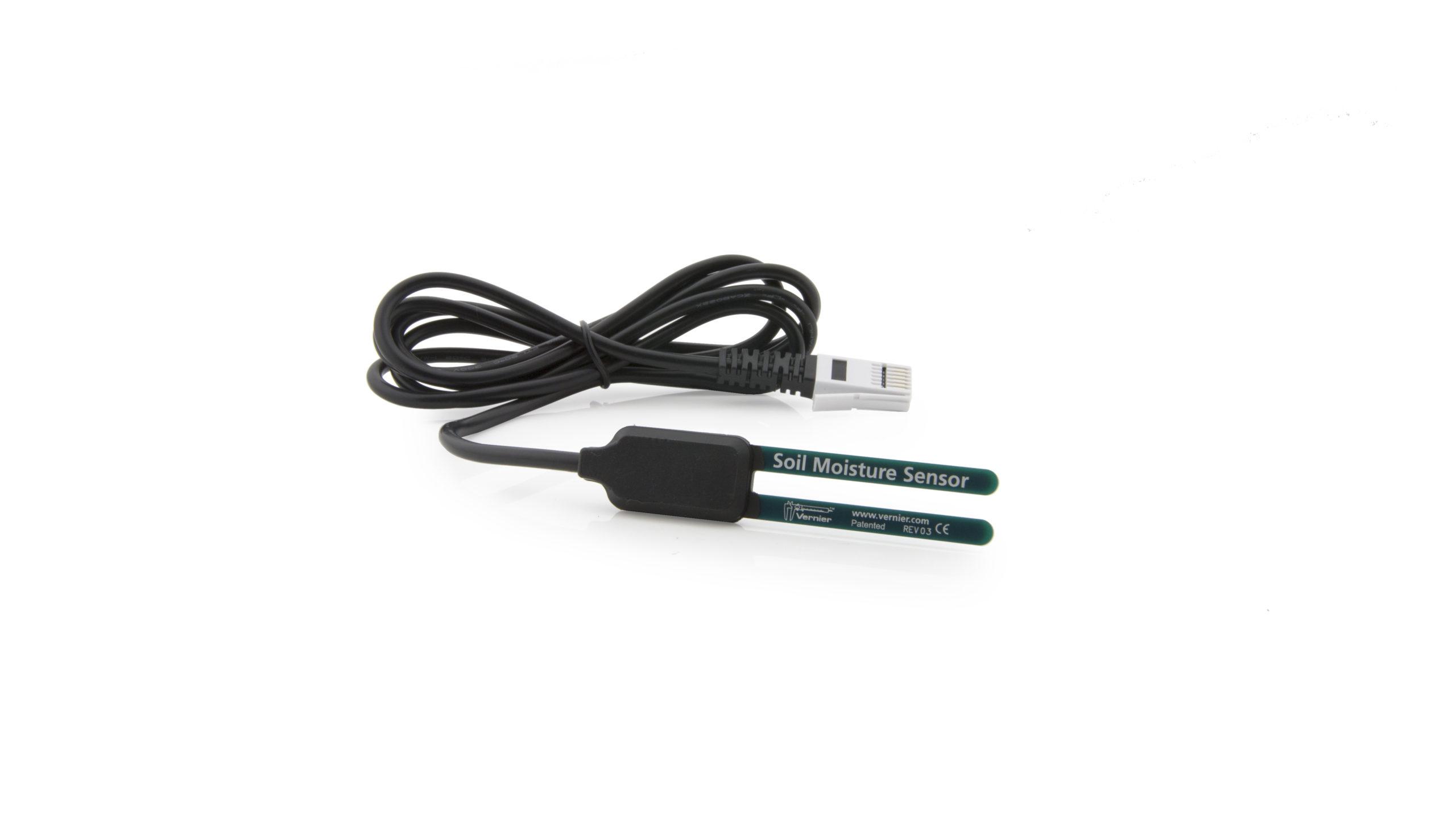Plant Waterer
Experiment #2 from Vernier Engineering Projects with LEGO® MINDSTORMS® Education EV3
- Subject
- Engineering Outreach
Introduction
All living things need water to survive, especially plants. Since plants are about 90% water by weight, they will physically wilt if they do not get enough water. The type of plant, its age, and its environment determine the amount of water it needs every day. A succulent or drought-tolerant plant (such as a cactus) requires less water than a non-succulent plant because a succulent has thick leaves and stems that can retain moisture. Light, temperature, humidity, and soil type also affect the amount of water plants use every day. Many homeowners install automatic watering systems to keep their lawns and gardens green during the summer. Sprinklers turn on in the early morning and stay on for a pre-set period of time. However, a watering system based on time is not a healthy solution for house plants. Their soil can quickly become saturated, which can be as bad as not enough water.
Objectives
In this project, your challenge is to design and build a sensor-controlled watering system for a potted house plant. Your device should automatically water the plant when the soil is too dry and stop when the soil is wet. You will use a Vernier Soil Moisture Sensor to monitor the moisture level of your plant’s soil. The soil will be considered “too dry” when the moisture level falls below 20%, and sufficiently “wet” when the moisture level rises above 28%. When building your device, you should incorporate easy access to a refillable water reservoir. Prior to operation, you must bury the sensor in the plant soil by hand. The sensor will remain in the soil for the life of the system.
Sensors and Equipment
This experiment features the following sensors and equipment. Additional equipment may be required.
Ready to Experiment?
Ask an Expert
Get answers to your questions about how to teach this experiment with our support team.
- Call toll-free: 888-837-6437
- Chat with Us
- Email support@vernier.com
Purchase the Lab Book
This experiment is #2 of Vernier Engineering Projects with LEGO® MINDSTORMS® Education EV3. The experiment in the book includes student instructions as well as instructor information for set up, helpful hints, and sample graphs and data.


